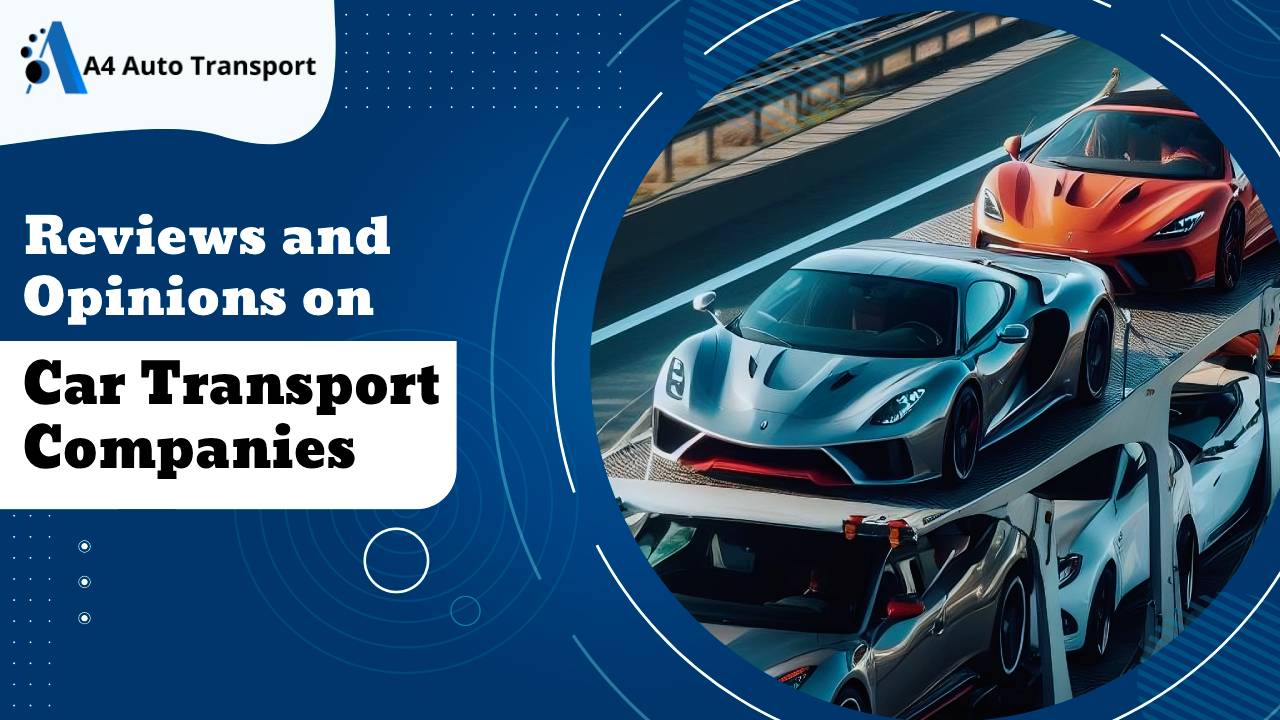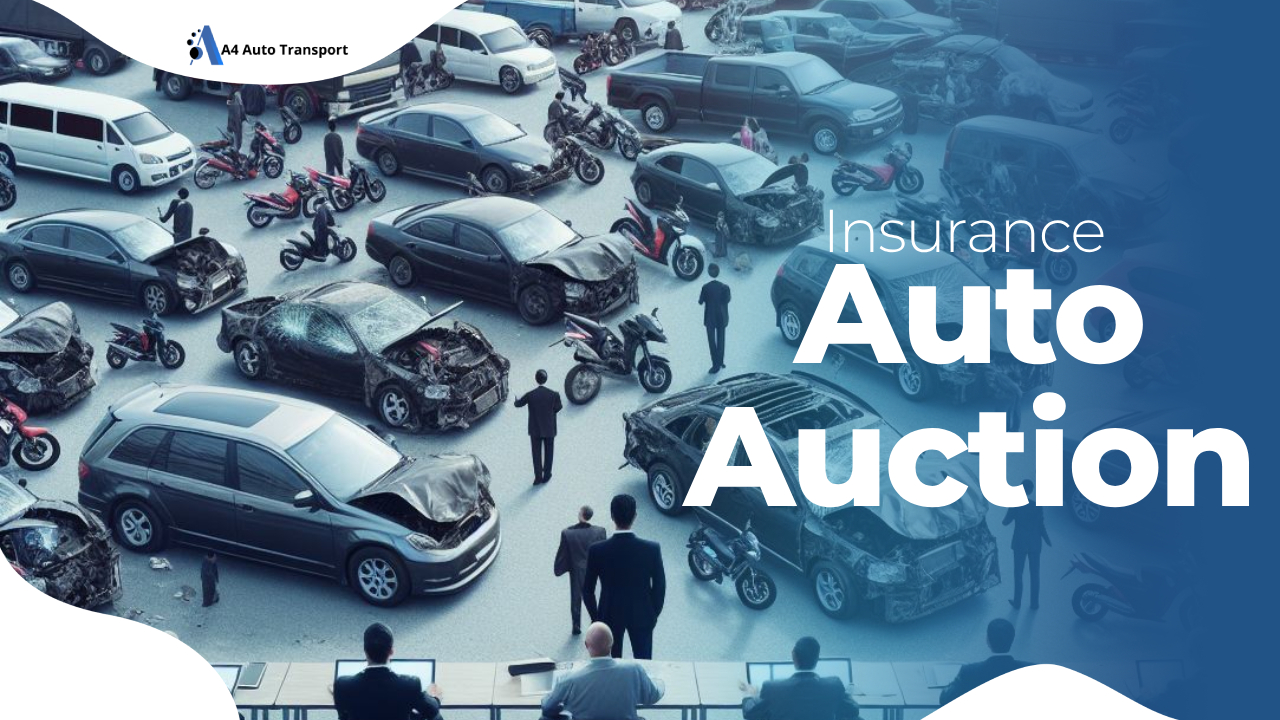What Is Hot Shot Trucking?

Hot shot trucking is a specialized transport service for urgent deliveries, utilizing smaller trucks and flatbed trailers. This method is ideal for businesses needing quick and reliable transport of time-sensitive shipments, such as construction equipment or critical manufacturing parts.
In this blog, we’ll cover the essentials of hot shot trucking, including its benefits, costs, and how it can enhance your logistics strategy. By the end, you’ll understand how this service can streamline your operations.
Key Features of Hot Shot Trucking
- Hot shot trucking focuses on minimizing delays, making it ideal for businesses that need to keep operations running smoothly.
- Shipments are transported directly to their destination without the delays often associated with shared freight services.
- Hot shot trucking can accommodate various cargo types, including vehicles, machinery, and specialized equipment.
- Smaller trucks can navigate urban environments and tight spaces more easily than traditional semi-trucks.
Understanding Hot Shot Trucking
Hot shot trucking is characterized by the use of medium-duty pickup trucks paired with flatbed trailers ranging from 30 to 40 feet in length. This configuration allows for quick loading and unloading of cargo while providing the flexibility to reach locations that larger trucks may find challenging.
Types of Hot Shot Trailers
Different types of trailers are utilized in hot shot trucking, each suited for specific tasks:
- Gooseneck Trailers: Known for their superior stability due to the hitch design, these trailers are ideal for transporting heavier or oversized loads safely.
- Dovetail Trailers: Featuring a sloped rear, these trailers simplify loading of machinery like tractors and construction equipment, especially those with low ground clearance.
- Bumper Pull Trailers: Cost-effective and versatile, bumper pull trailers are perfect for hauling smaller loads and are easier to maneuver in tight spaces.
- Enclosed Trailers: For sensitive cargo that requires protection from the elements or theft, enclosed trailers provide added security and weather resistance.
Who Can Benefit from Hot Shot Trucking?
Hot shot trucking services cater to various industries that require expedited shipping solutions:
- Construction Companies: Need rapid delivery of machinery and materials to job sites to prevent project delays.
- Automotive Industry: Transport vehicles quickly to dealerships or auctions without the wait times associated with larger freight services.
- Manufacturers: Depend on fast delivery of components to maintain production schedules and avoid costly downtime.
- Event Planners: Require timely delivery of equipment and supplies for events, ensuring everything is in place when needed.
Hot Shot Truck Driver Requirements
While one advantage of hot shot trucking is that drivers often do not need a Commercial Driver’s License (CDL) for lighter loads (under 26,000 pounds), there are still essential requirements:
- Insurance Coverage: Drivers must have proper liability insurance and operational authority.
- DOT Identification Number: A valid DOT number is necessary for compliance with federal regulations.
- Business Documentation: Submission of paperwork demonstrating business ownership is required.
- Adherence to Regulations: Drivers must comply with federally mandated hours-of-service (HOS) regulations to ensure safety on the road.
- CDL Requirements: A CDL is mandatory if the combined weight of the truck and trailer exceeds 26,000 pounds.
Benefits of Hot Shot Trucking Services
Hot shot trucking provides numerous advantages that can significantly impact a business’s logistics:
- Minimized Downtime: Quick deliveries help avoid delays caused by parts or equipment shortages, keeping operations running smoothly.
- Enhanced Efficiency: Meet tight deadlines with expedited delivery options that ensure projects stay on track.
- Cost-Effectiveness: For smaller loads, hot shot trucking can be a more affordable alternative compared to air freight options.
- Peace of Mind: With professional drivers and reliable tracking systems, businesses can focus on their core tasks while trusting logistics management to experts.
- Scalability: Hot shot trucking services can easily adapt to fluctuating demands, making it suitable for both small businesses and larger enterprises.
Challenges of Hot Shot Trucking
Despite its many benefits, there are challenges associated with hot shot trucking that businesses should consider:
- Limited Capacity: Hot shot flatbed trucks typically have a maximum cargo capacity of 16,500 pounds and can accommodate loads up to 40 feet long.
- Risk of Cargo Damage: Many hot shot trailers lack air-ride suspension systems, which may increase the risk of damage during transit due to road conditions.
- Availability Issues: As a niche service, finding available trucks and drivers when needed can sometimes be challenging compared to traditional freight options.
- Route Limitations: While hot shot trucks can access tighter spaces, they may not always be able to navigate certain rural or off-road areas effectively.
Hot Shot Trucking Costs
The cost structure for hot shot trucking varies based on several factors:
- Fuel Prices: Fluctuations in fuel costs directly impact overall shipping expenses.
- Maintenance Costs: Regular upkeep of trucks and trailers contributes to operational costs.
- Insurance Premiums: Rates can vary based on coverage levels and company history.
- Driver Wages: Compensation for drivers affects overall pricing.
- Shipping Distance & Route Complexity: Longer distances or complex routes may incur higher charges due to time and resource allocation. For an accurate estimate tailored to your specific needs, it’s advisable to consult an experienced provider who can assess your requirements comprehensively.
Conclusion
Understanding what hot shot trucking is and how it functions enables businesses to make informed decisions about their shipping needs. Whether moving urgent cargo like machinery, vehicles, or essential goods, hot shot flatbed trucking offers a fast, reliable solution tailored for time-sensitive shipments.
FAQs
What is hot shot trucking?
Hot shot trucking involves transporting time-sensitive freight using medium-duty trucks and flatbed trailers designed for urgent deliveries and smaller loads.
How much weight can hot shot trucking loads carry?
Typically, hot shot trucking loads can carry up to 16,500 pounds depending on the type of trailer used and the combined weight of the truck and cargo.
Do you need a CDL for hot shot trucking?
A Commercial Driver’s License (CDL) is required if the combined weight exceeds 26,000 pounds; otherwise, it may not be necessary.
How much does hot shot trucking cost?
Costs vary based on fuel prices, route distance, cargo weight, urgency level, etc., so contacting a provider for a custom quote is recommended.
How fast can hot shot trucking loads be delivered?
Hot shot loads generally arrive faster than traditional freight services due to direct routing and the agility of smaller trucks used.
Can hot shot trucking handle oversized loads?
Yes! Hot shot trucking can accommodate oversized loads that may not fit in enclosed trailers—perfect for transporting tall or wide equipment like machinery or vehicles.
a4AutoTransport is a group of auto transport researchers and experts that comes in handy for anyone who wants to move their car/vehicle without putting extra miles on the odometer. At a4AutoTransport, We researched over a hundred car shipping companies, interviewed real customers and industry leaders, and collected nearly 500 quotes to find the nation’s best auto transport companies. With our combined 5 years of industry experience and research, we’ll help you find the right car shipper for your budget.





